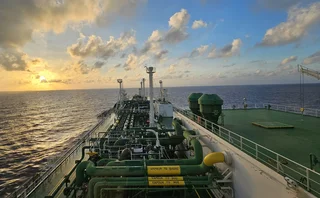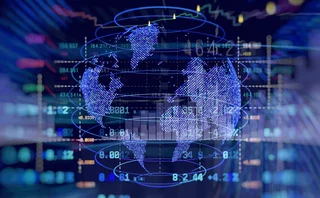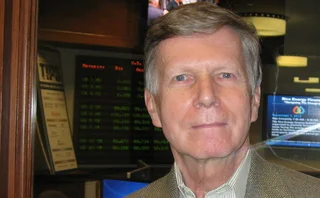Baltic Dry Index altered to boost derivatives trading
From July 1, the BDI will be calculated taking the average timecharter rate of each of the Baltic's capesize, panamax, supramax and handysize indices. Each vessel type's routes make up 25% of the BDI.
Mutual funds, hedge funds and traders have shown a considerable interest generally in exposure to dry bulk freight rather than in the very specific existing liquid derivative contracts according to Jeremy Penn chief executive of the Baltic Exchange.
"By re-selecting the index so that it consists entirely of components which are already relatively liquid in the derivatives market, we believe we are making this process considerably easier. It will enable market-makers to offer pricing and hedge resultant positions easily," he says.
Backtesting of the reselected index against historical data suggests a correlation of 0.99978 so existing usage of the index for econometric and freight market analysis will not be significantly affected.
The BDI is published every working day at 1300 (London) and is based on professional shipbroker assessments. The index is a barometer of the cost of transporting dry bulk commodities including iron ore, coal and grain by sea.
More on Risk management
LNG trading strategies set to change amid major market shifts
The global LNG market is on the brink of significant changes set to alter trading dynamics and market behaviour, say analysts
Why commodity finance is ripe for stablecoin
Digital currency brings cost efficiencies to financing, but its real benefit to commodity firms lies in making huge pools of new capital available, write Jean-Marc Bonnefous and Ronan Julien
US shutdown leaves commodity traders without key data
Commodity traders are ‘flying blind’ without Commitment of Traders reports
Energy Risk at 30: Learning from the past
Energy Risk looks back at the seminal events and developments that have shaped today’s energy markets
Past disasters can prove the value of energy risk management
Analysing failures and losses at energy firms can underscore the value of consistent, high-quality risk management
How quants shaped the modern energy markets
The business models of today’s utility firms are built on quantitative analysis, but the introduction of these techniques in the 1990s was far from smooth
Interview: Vince Kaminski
Market veteran Vince Kaminski discusses the biggest risks to energy firms today and whether risk teams can ever prove their value
Mounting risk prompts refocus on integrated energy risk management
Energy firms are facing heightened risk due to shifting geopolitics, climate change and the energy transition. As market, credit and enterprise risks ramp up, the need for improved integrated risk management is growing, say risk managers







